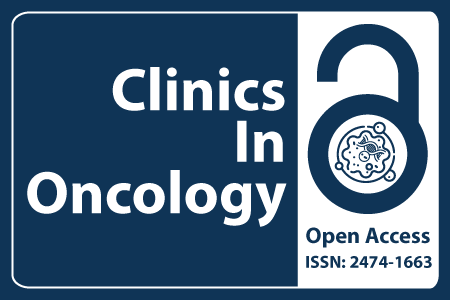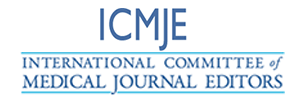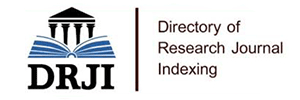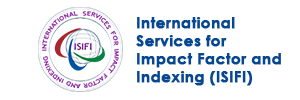
Journal Basic Info
**Impact Factor calculated based on Google Scholar Citations. Please contact us for any more details.Major Scope
- Colon Cancer
- Lung Cancers
- Endometrial Cancer
- Endoscopy Methods
- Ovarian Cancer
- Gynecological Cancers
- Melanoma/Skin Cancer
- Kidney Cancer
Abstract
Citation: Clin Oncol. 2024;9(1):2064.DOI: 10.25107/2474-1663.2064
Targeting DNA Damage and Repair (DDR) Pathways: Advances in Understanding and Therapeutic Implications
Mudasir Rashid, Rumaisa Rashid, Deverapalli M, Farjana N, Swetha MA, Brim H and Ashktorab H
Department of Medicine and Cancer Center, Howard University College of Medicine, USA
*Correspondance to: Hassan Ashktorab
PDF Full Text Research Article | Open Access
Abstract:
DNA Damage and Repair (DDR) is a complex and dynamic process that takes care for damaging events occurs in all living organisms. DDR pathways are essential for maintaining genome integrity and preventing the accumulation of mutations that can lead to cancer development. This review comprehensively covers the different DDR pathways includes Base Excision Repair (BER), Nucleotide Excision Repair (NER), Homologous Recombination Repair (HRR), Non- Homologous End Joining (NHEJ), and Mismatch Repair (MMR); key genes involved in DDR pathway (BRCA1/2, ATM, CHEK1/2, MSH2/6, ATR, MDM2); DNA damaging agents (endogenous and exogenous), advancement in targeting the Inhibitors (PARP, ATM and CHEK1 Inhibitors) against DDR genes; and their limitations. Furthermore, detailed challenges and promise of using DDR Inhibitors and future prospective were discussed. Based on the current evidence further research is required to overcome limitations of DDR inhibitors and their specific uses for specific cancer.
Keywords:
DNA Damage and Repair (DDR) pathways; Key DDR genes, DDR Inhibitors
Cite the Article:
Rashid M, Rashid R, Deverapalli M, Farjana N, Swetha MA, Brim H, et al. Targeting DNA Damage and Repair (DDR) Pathways: Advances in Understanding and Therapeutic Implications. Clin Oncol. 2024;9:2064..













